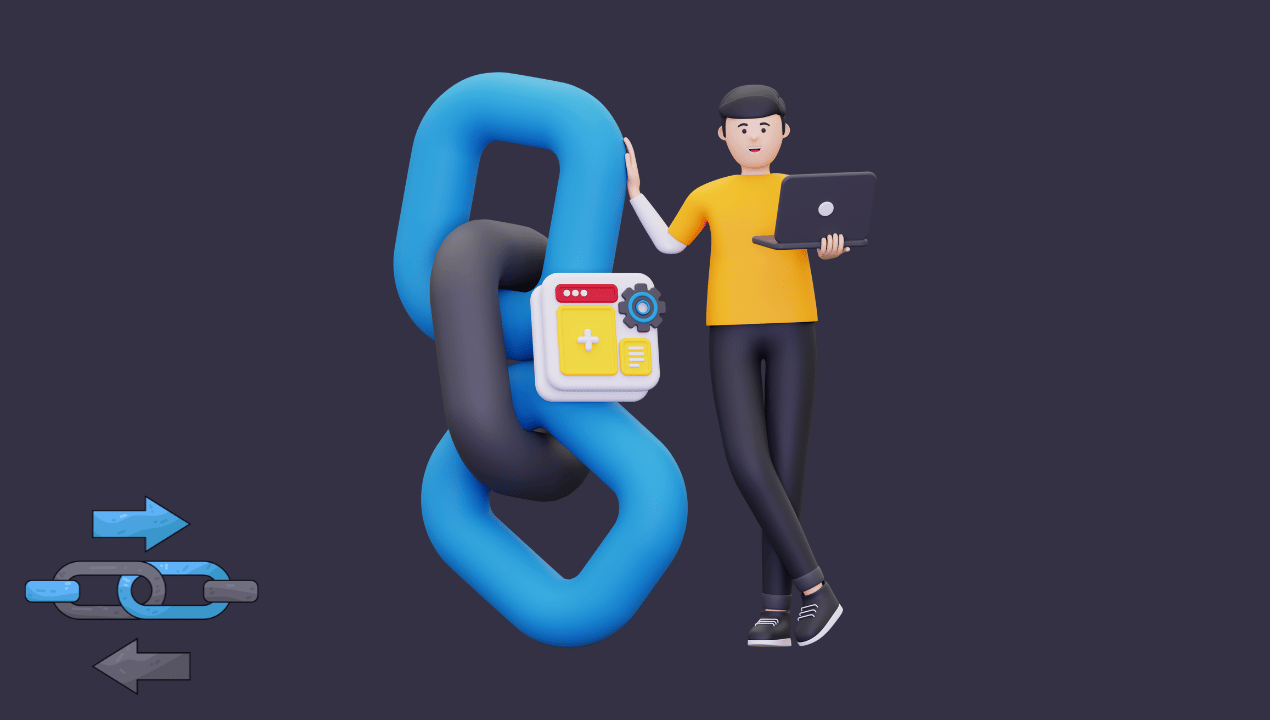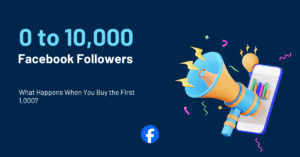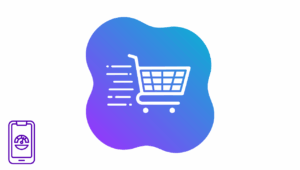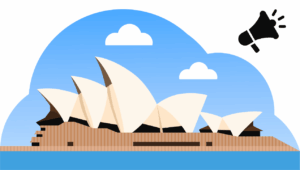Key Points:
- Is buying backlinks with your brand name worth it?
- Brand‑name anchors are the safest way to buy amplification, not a magic key. They work when the page earns attention on its own.
- Relevance beats raw “scores.” A modest niche publication that your buyers actually read can outperform a giant that never covers your topic.
- In‑paragraph context > footers and partner walls. Humans (and crawlers) pay attention to sentences.
- Keep anchor hygiene: mostly brand/URL, some descriptive phrases, partial‑match sparingly, exact‑match rarely.
- Start small, measure at the page level (impressions, clicks, dwell), and scale only what moves.
I have a soft spot for messy marketing truths. Here’s one: most wins come from boring discipline, not clever hacks. You build something genuinely helpful, then you get other people to talk about it where real readers hang out. And yes, sometimes you pay for that distribution—politely, transparently, with standards. The question on the table today: is it smart to buy backlinks that use your brand name as the anchor? In this article, we’ll explore, understand, and answer the question: Is buying backlinks with your brand name worth it?
Short answer: often, yes—if you approach it like brand PR, not as a loophole. Brand anchors nudge trust without screaming “manipulation,” and they age well because they look like how people naturally write. But (and it’s a big but) the placement has to be relevant, discoverable, and actually helpful to the reader.
Why brand‑name anchors behave better than the rest
Let’s be real. Exact‑match anchors (“best CRM for startups”) can move the needle fast—and paint a target on your back just as quickly. They’re loud. Brand anchors (“Acme”) feel… normal. That’s how editors and bloggers reference companies in the wild: name first, then an explanation or context.
From a risk‑reward perspective:
- Risk: lower. Branded mentions blend into natural language and withstand content updates.
- Reward: slower but steadier. You build recognition, navigational queries, and click‑through in the SERP over time.
- Footprint: cleaner. A profile that’s heavy on brand and descriptive anchors looks like humans wrote it (because that’s how humans talk).
But will brand anchors move rankings at all?
Yes—when the surrounding page does its job. A branded mention inside a high‑quality, on‑topic article that ranks (or gets discovered via category pages) contributes PageRank and sends actual humans your way. That combination—authority + engagement—beats a dozen sidebar logos every day.
When buying branded placements makes sense: Brand name backlinks
- You’re building a category presence. You want your name to show up on pages that educate or compare within your niche.
- Your target page already matches intent. A resource page, comparison, or deep guide that actually helps. (Links amplify; they don’t resurrect.)
- The host has a real audience. Niche media, active communities, industry associations, events with recaps—places with readers, not just metrics.
- You value longevity. You’d rather collect a few evergreen citations than chase a burst of questionable “wins.”
When it’s not worth it
- The publisher covers everything from crypto to cat grooming in the same week (aka vending machine media).
- Your anchor plan is an exact‑match stack in disguise. If every placement says the same thing, it will look robotic.
- The target page is thin, salesy, or slow. Even good links can’t fix a weak experience.
The “sniff test” for any placement (60 seconds)
- Open three recent posts. Are they interlinked? Are outbound links reasonable—not sprayed everywhere?
- Check category hubs. Will your article live inside a real topic cluster (not orphaned)?
- Scan for signs of life. Comments, updates, author pages, working internal search.
- Preview your context. Can your brand mention sit inside a sentence that adds value to the paragraph?
- Look for discoverability. Does the article (or siblings) rank for long‑tail queries already?
Two or more red flags? Pass. No debate. Keep reading to answer the question: Is buying backlinks with your brand name worth it?
What to actually buy (and how to brief it)
1) Contributor pieces (editorial outreach)
Use when: You can teach something genuinely useful to the publication’s audience.
Brief: One narrow angle, two outside citations, a paragraph where your brand makes sense as an example or tool. Ask for in‑paragraph placement, not a “partner” box.
Micro‑example: On a procurement blog, you contribute “How to write a supplier RFI in 7 steps,” referencing two standards bodies. Your brand shows up once in a sentence about templates—natural, not salesy.
2) Niche edits (contextual insertions) Brand name buying backlinks
Use when: An existing, ranking article has a paragraph that your resource improves (definition, calculator, updated stat).
Brief: Propose the exact sentence. Keep the anchor branded/URL or a short descriptive phrase. Offer a helpful stat so the editor has a reason to accept.
Micro‑example: A home‑energy guide describes U‑factor but doesn’t define it. You propose a one‑line definition and link to your visual explainer.
3) Resource hubs & curated lists
Use when: You have a genuinely useful asset (calculator, checklist, template) that belongs in a “best resources” section.
Brief: Identify the section, show why your asset fills a gap, and suggest a one‑sentence branded mention.
Micro‑example: A municipal small‑business portal lists cash‑flow templates. You provide a maintained, mobile‑friendly version and earn a branded citation.
4) Trade associations and events: Brand name buying backlinks worth
Use when: You can sponsor or contribute to a niche event, yielding a recap page with quotes, photos, and links.
Brief: Provide a downloadable checklist attendees will actually use. Ask for a branded mention within the recap paragraph, not a logo wall.
Micro‑example: You host a 20‑minute session on onboarding for HR pros; the event recap cites your “first‑week checklist” with a single brand anchor.
5) Local and regional media
Use when: Your business has a geographic story—jobs, partnerships, sustainability, community projects.
Brief: Provide a local angle and a clean, human quote. Keep the anchor branded or URL; avoid keyword stuffing in newsy pieces.
Micro‑example: A city business desk covers your warehouse opening; the piece mentions your brand once in context.
Anchor text, simplified (so you don’t overthink it)
- Default: brand and URL anchors. Safe, natural, boring (by design).
- Descriptive: short phrases that fit the sentence (“this walkthrough on staging a home”).
- Partial‑match: seasoning, not sauce. Light and only on tightly aligned sites.
- Exact‑match: almost never—and only when everything else is pristine.
Natural language is messy. Embrace it. Perfectly uniform anchors look like they’ve been ironed—neat, but suspicious.
Compliance and ethics (because they matter long‑term)
- Disclose commercial relationships where required. Many publishers label sponsored content; respect it.
- Use the right rel attributes (sponsored/nofollow) when a placement is paid or guaranteed.
- Don’t pay for sitewide footers or boilerplate partner pages; they’re the first to be redesigned away.
How to measure whether branded buying worked: Brand name backlinks worth
Think page first, then portfolio.
On the target page:
- Impressions for 3–5 relevant queries (Search Console is your friend).
- Click‑through rate trends (does your name nudge CTR?).
- Time on page and scroll depth (are humans actually reading?).
Around your brand:
- Navigational query volume (more people searching your name + product?).
- Unprompted mentions (social, forums, community roundups).
- Assisted conversions (did visitors who touched the target page convert later?).
A simple 14‑day starter plan
Days 1–3: Pick one target page that actually helps (resource, comparison, or deep guide). Tighten it: add a mini table, a chart, and a two‑question FAQ.
Days 4–6: Shortlist 10 on‑topic publications your buyers read. Open three recent posts on each; eliminate the vending machines.
Days 7–10: Prepare two briefs (one contributor piece idea, one niche edit sentence). Specify brand/URL anchor and in‑paragraph placement.
Days 11–14: Ship one placement of each type. Annotate dates. Watch page‑level metrics for the next 4–8 weeks. If you see movement, repeat calmly; if not, change inputs (publisher, angle, or page).
Common myths to ignore: Brand name buying backlinks is worth
- “Brand anchors don’t move rankings.” They do when they live on relevant, discoverable pages that people actually read.
- “DR is everything.” It’s a tool score, not an outcome. Fit and findability change outcomes.
- “Exact‑match is faster.” Sometimes—then it looks weird. Natural language scales safely.
Here’s my honest take: branded placements are like sturdy shoes—not flashy, but they’ll carry you the distance. If you’re tempted to buy backlinks, do it like a professional: choose fewer, better pages, ask for in‑paragraph context, keep anchors human, and measure what matters at the page level. Over a quarter or two, you’ll see the compounding: more navigational searches, healthier CTR, and a link profile that looks suspiciously like… real life.
Pros And Cons Of Buying Brand Name Backlinks
Let us be honest. People keep buying backlinks for a reason. There are perceived benefits, especially when the anchors are branded. The question is whether those benefits outweigh the risks.
Here is a realistic comparison.
| Factor | Potential Upside Of Buying Brand Name Backlinks | Real Risks And Drawbacks |
|---|---|---|
| Brand Visibility | Faster spread of your brand name across different sites and pages | Brand name appears on low quality sites, which can hurt reputation if users actually click through |
| Anchor Text Profile | Branded anchors help diversify away from over optimized keyword anchors | If most branded links are paid, the pattern still looks unnatural when Google reviews link sources and context |
| Short Term Rankings | Some boosts can happen if links are on real sites with traffic | Google is increasingly good at discounting or penalizing unnatural paid link patterns, especially after recent spam updates |
| Cost | Lower up front cost than a full content or PR campaign | Ongoing payments to keep placements live, plus potential cost of recovery if a penalty hits |
| Control | You choose the anchor text and target pages | You rarely control surrounding content quality, site reputation or future changes on the linking site |
| Long Term Value | Might help you test which topics or pages attract attention | If links are devalued, you are left with little to show for the spend and may need cleanup work later |
Brand name buying backlinks worth FAQ
Is paying for branded placements “safe”? Safer than keyword‑stuffed anchors—as long as the host page is relevant, the placement is in context, and disclosure/attributes are handled correctly.
How many should I add per month? As many as your story can justify without looking weird. Some months it’s zero. When you do add them, keep batches small and steady.
Do nofollow/sponsored links still help? Yes—within a healthy mix. They diversify your footprint and often live on pages real people read.
What if my page isn’t great yet? Fix that first. Add examples, a chart, and answers to the “dumb” questions. Links amplify quality; they don’t replace it.







